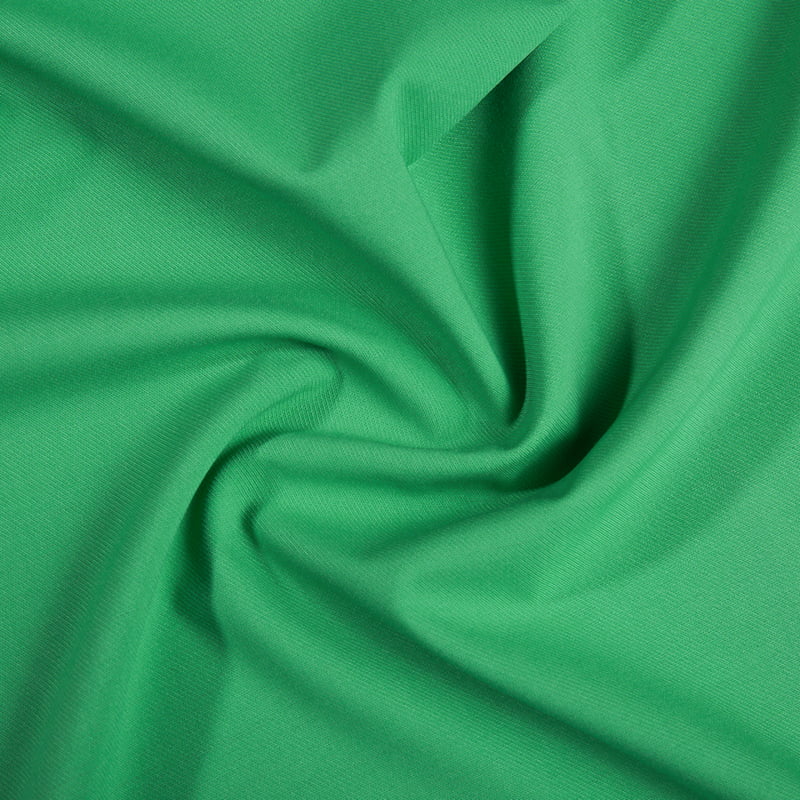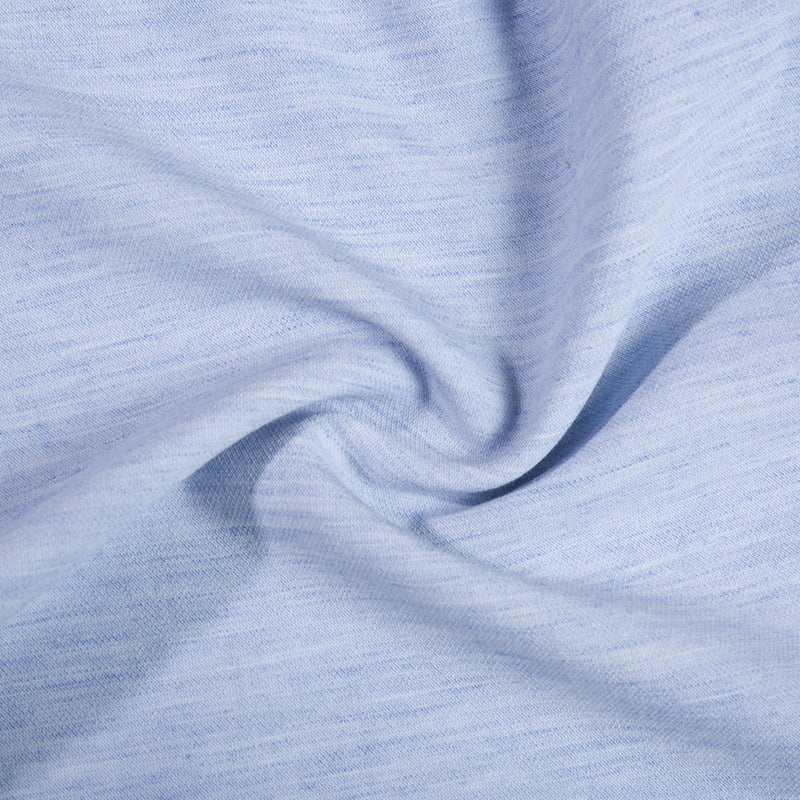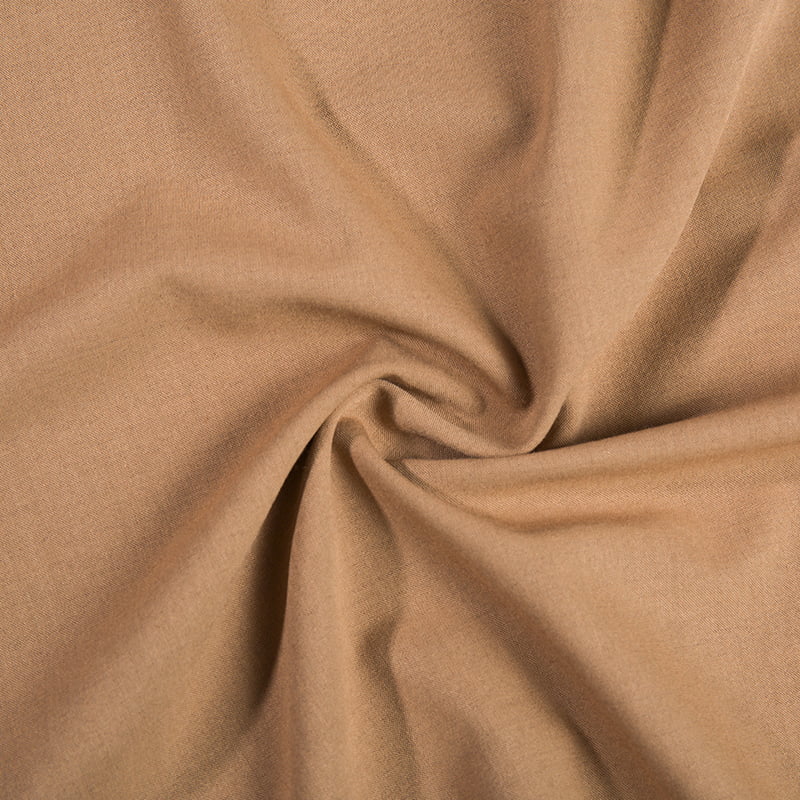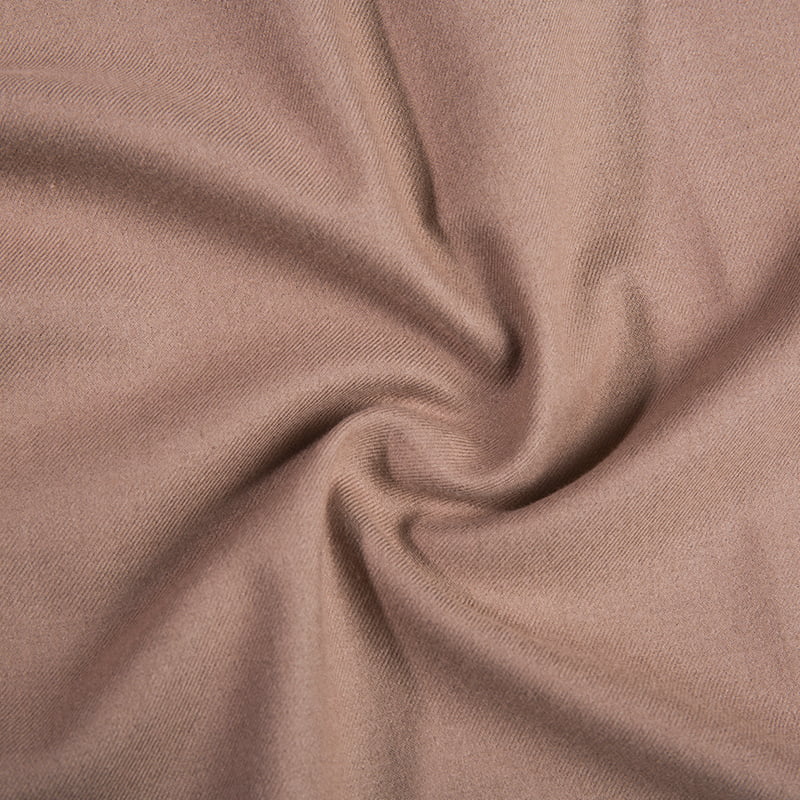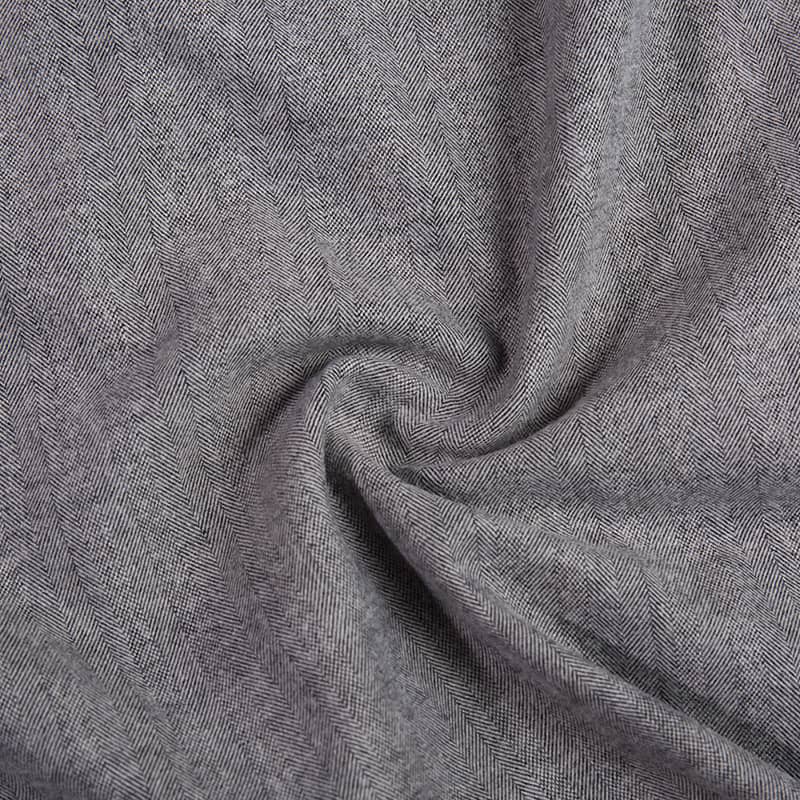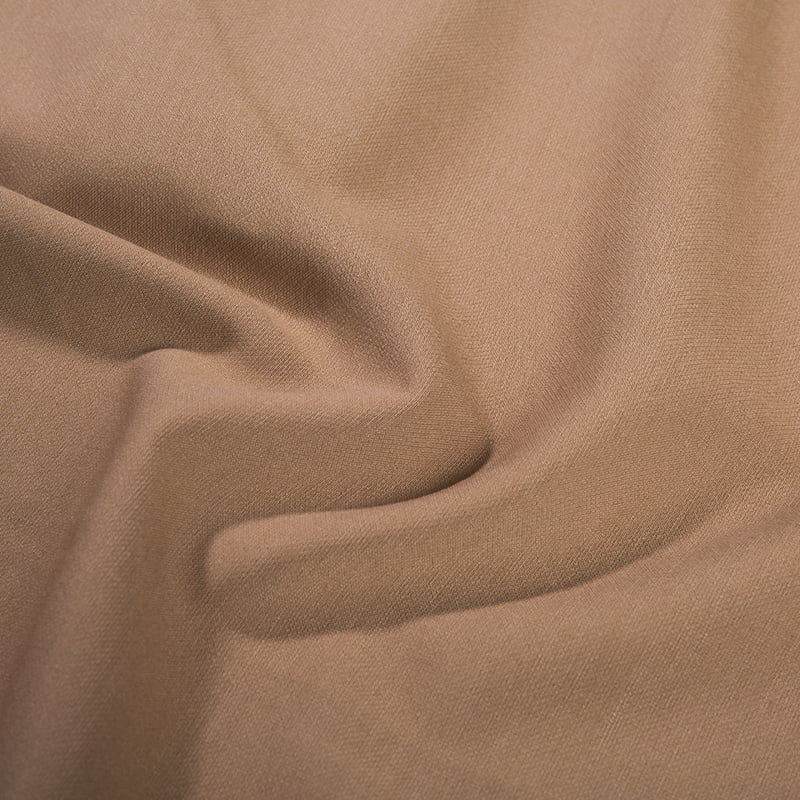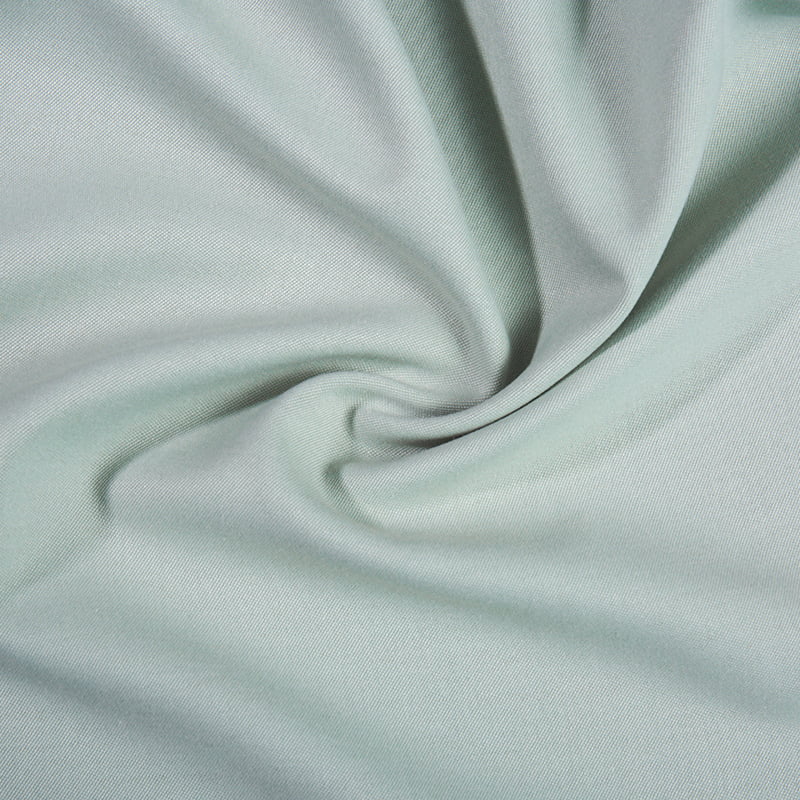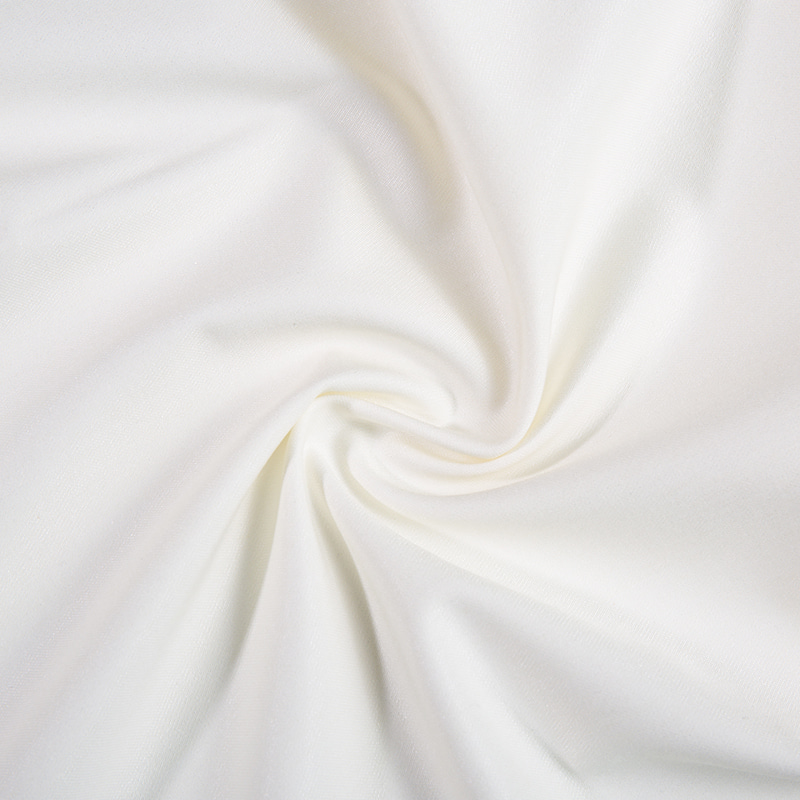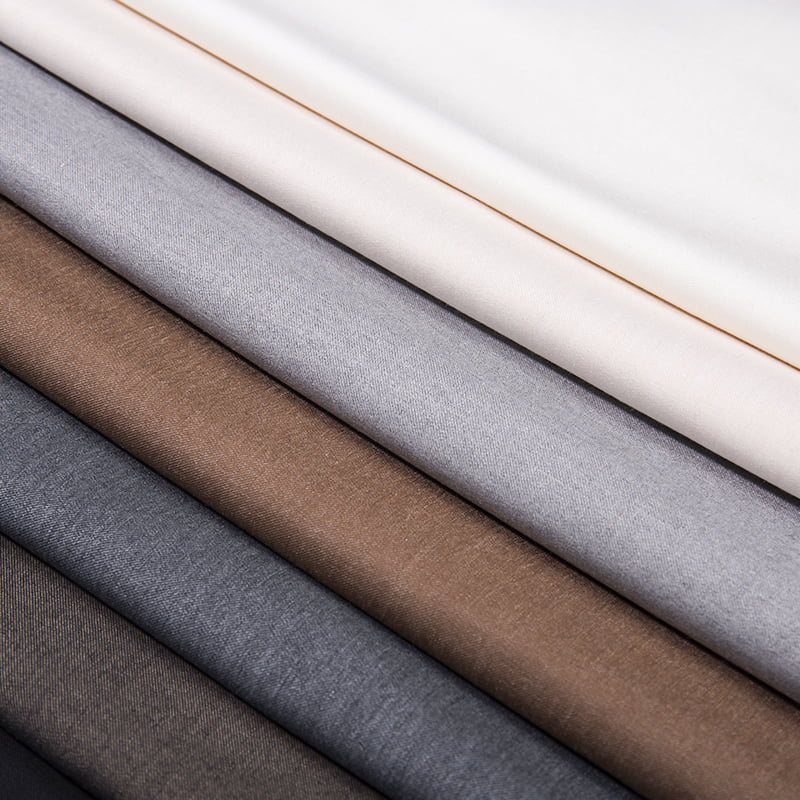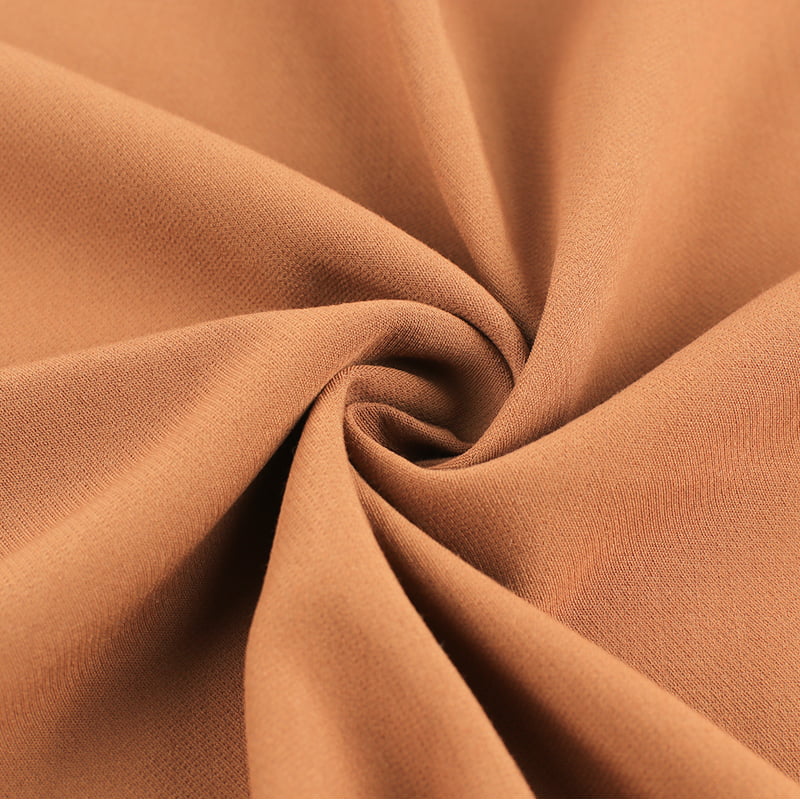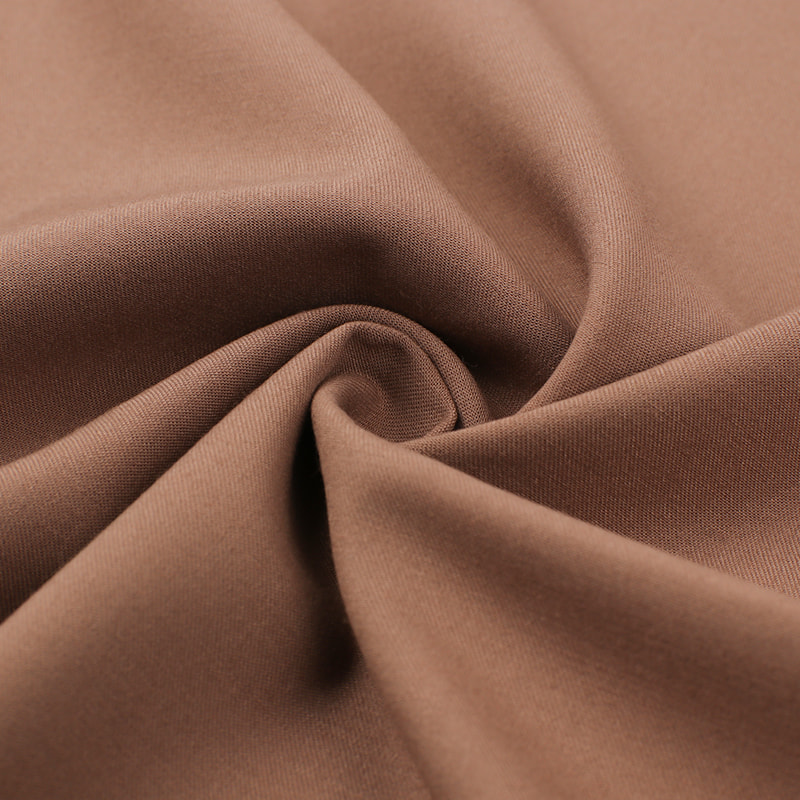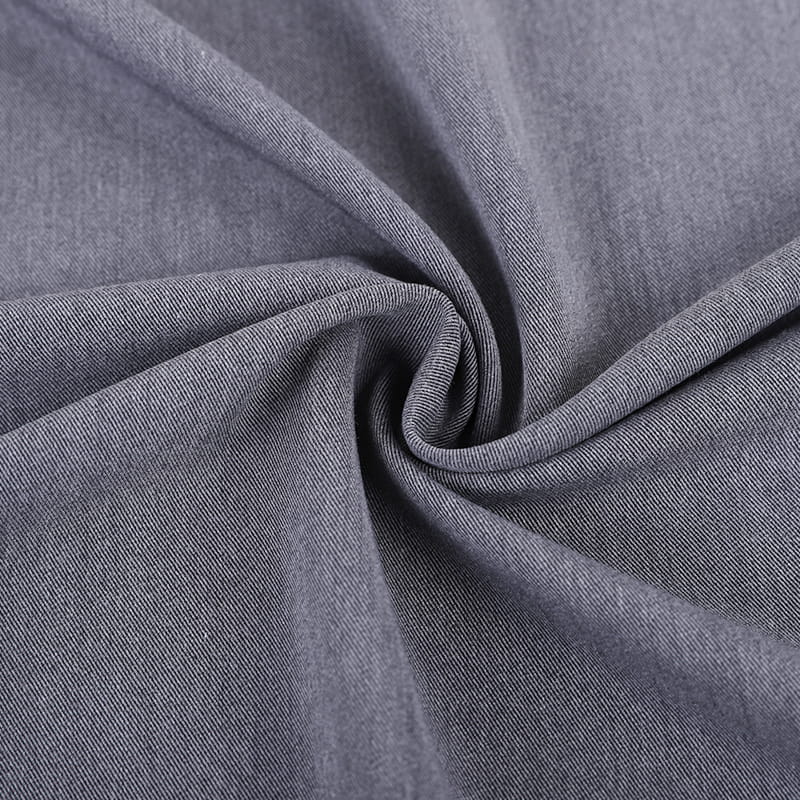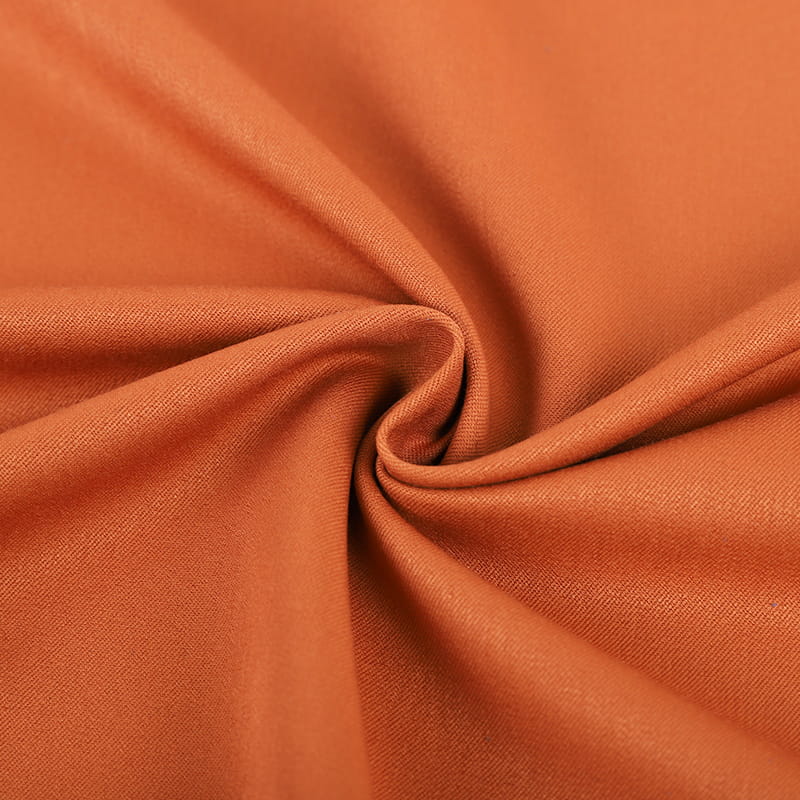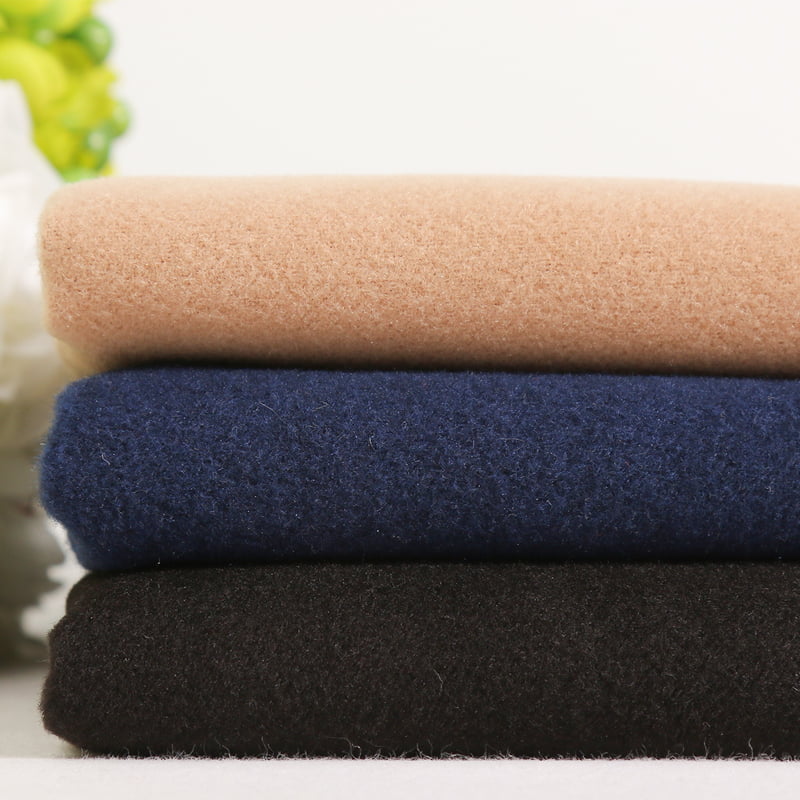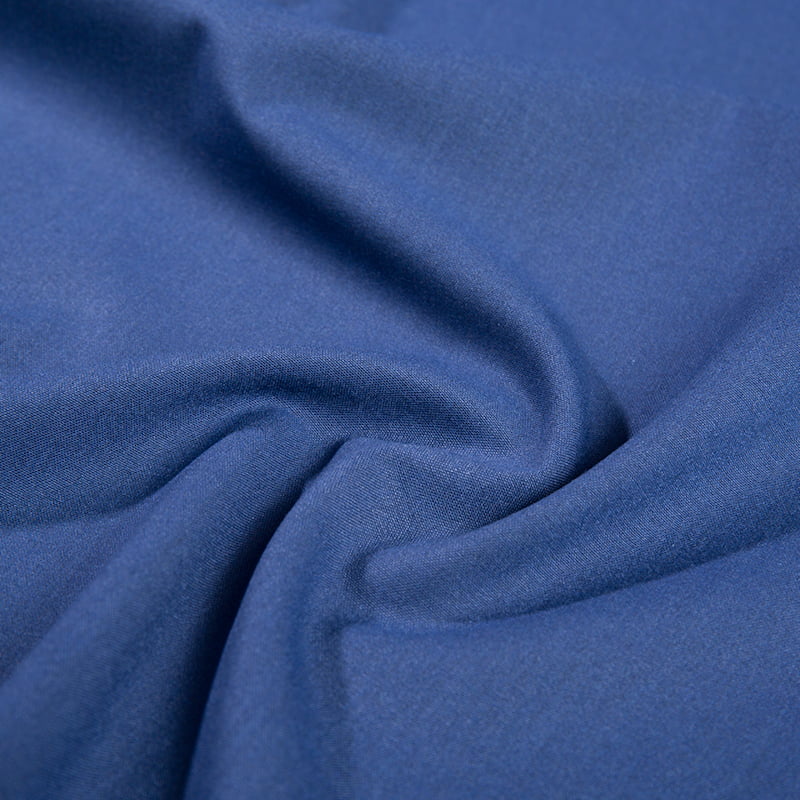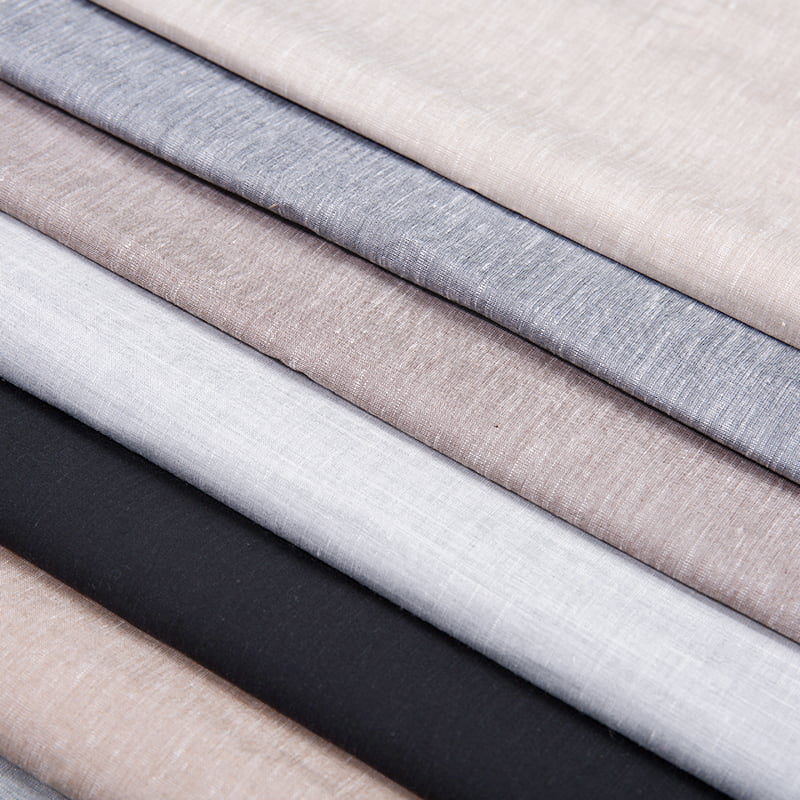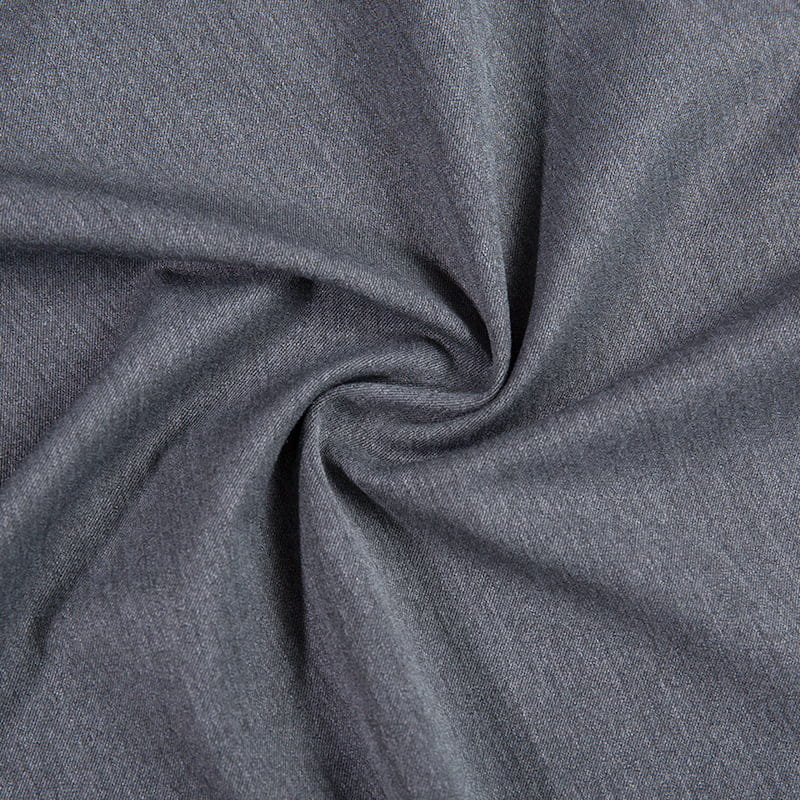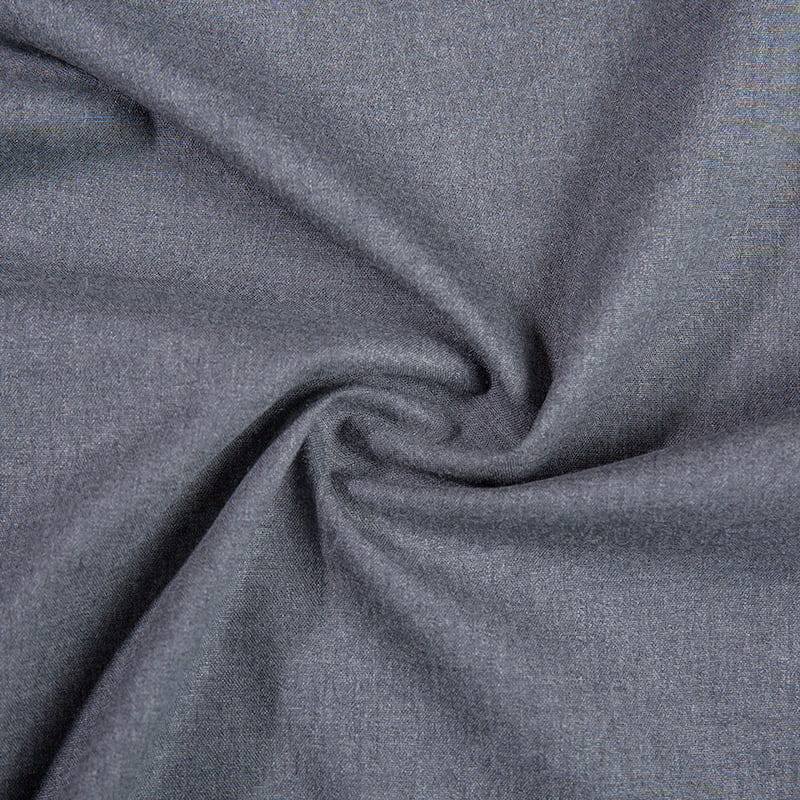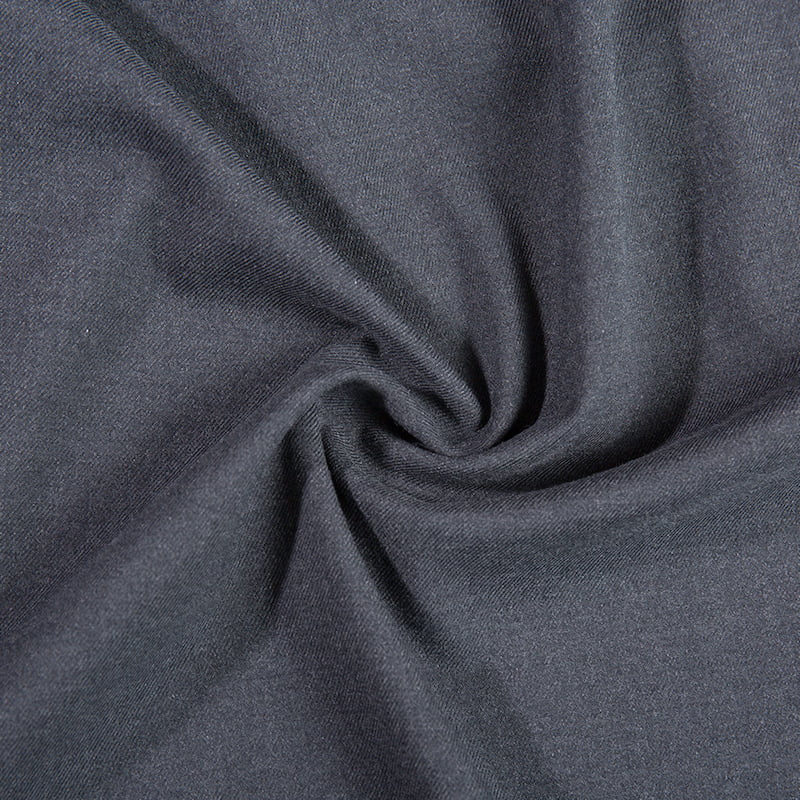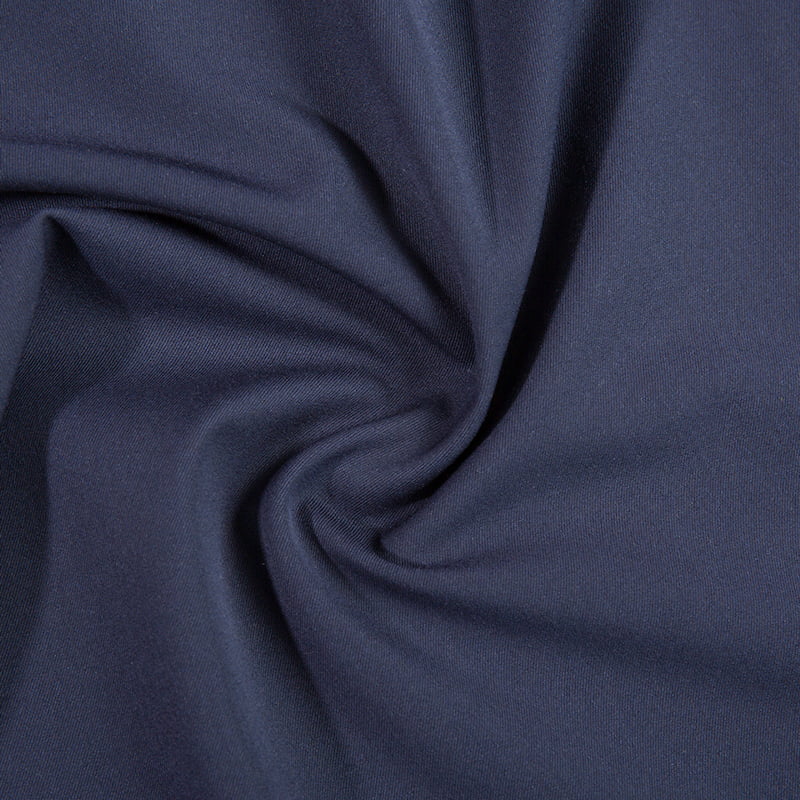The demand for customized, vibrant colors in stretch fabrics is growing rapidly, driven by industries ranging from athleisure to high fashion. Dyed Poly Rayon Woven Fabric With Stretch blends offer a unique combination of durability, comfort, and flexibility. However, achieving precise custom hues on these substrates requires a nuanced understanding of fiber chemistry, dye selection, and process optimization.
1. Fiber-Specific Dye Selection
Poly-rayon blends consist of polyester (synthetic) and rayon (regenerated cellulose), often combined with elastane (5-20%) for stretch. Each fiber type reacts differently to dyes:
Polyester: Requires disperse dyes at high temperatures (120–130°C) for optimal penetration.
Rayon: Best dyed with reactive dyes or direct dyes under alkaline conditions (pH 10–11).
Elastane: Sensitive to heat and chemicals; typically undyed or coated with acid-resistant finishes to prevent damage.
For custom overdyeing, select dyes compatible with both polyester and rayon. Disperse-reactive hybrid dyes or a two-step dyeing process (dyeing polyester first, then rayon) are common solutions.
2. Pre-Treatment: The Foundation of Color Accuracy
Pre-dyed fabrics often retain residual dyes or finishing agents that interfere with new color development. A rigorous pre-treatment protocol is critical:
Scouring: Remove oils, waxes, and previous dye residues using surfactants and alkaline baths (pH 9–10).
Reductive Clearing: For polyester, apply sodium hydrosulfite to eliminate surface dye particles.
Elastane Protection: Use low-tension processing and temperatures below 100°C to preserve elasticity.
3. Dyeing Process Optimization
To achieve uniform custom shades, tailor parameters to the fabric’s composition:
Temperature Control: Use a gradual temperature ramp (2°C/min) to avoid shocking elastane. Maintain 120–130°C for polyester dyeing, then cool to 60–80°C for rayon dyeing.
pH Management: Adjust from acidic (pH 4.5–5.5 for disperse dyes) to alkaline (pH 10–11 for reactive dyes) using buffers like acetic acid or sodium carbonate.
Carrier Agents: For deep shades on polyester, employ eco-friendly carriers (e.g., benzyl alcohol derivatives) to enhance dye uptake without damaging elastane.
4. Post-Dyeing Treatments
Ensure color fastness and fabric integrity:
Washing Off: Remove unfixed dyes with multiple hot/cold rinses to prevent crocking or bleeding.
Softening: Apply silicone-based softeners to counteract stiffness caused by repeated dyeing.
Heat Setting: Stabilize the fabric at 150–160°C (briefly) to lock in stretch and color.
5. Quality Assurance
Validate results through:
Spectrophotometry: Measure color against Pantone or custom standards (ΔE < 1.0 for acceptability).
Fastness Testing: Assess wash, light, and rub resistance per AATCC/ISO protocols.
Stretch Recovery: Confirm elastic recovery ≥90% after 500 cycles (ASTM D2594).
Why This Approach Wins
Custom dyeing poly-rayon stretch fabrics is not just technical—it’s strategic. Brands leveraging this methodology gain:
Design Flexibility: Match seasonal trends or corporate branding with precision.
Sustainability: Reduce waste by modifying existing inventory instead of reweaving new fabric.
Cost Efficiency: Optimize dye usage and energy consumption through controlled processes.


 English
English 中文简体
中文简体 日本語
日本語 한국어
한국어 Español
Español русский
русский
